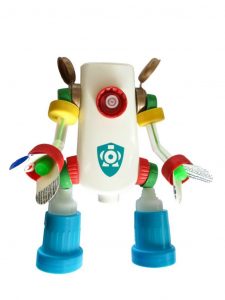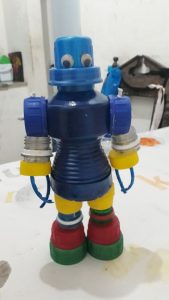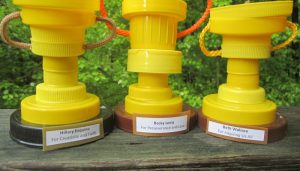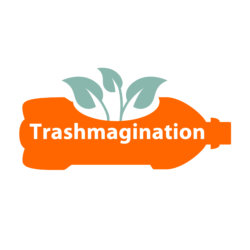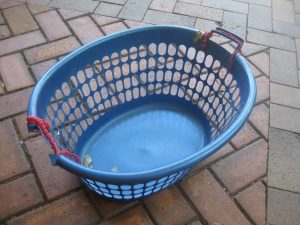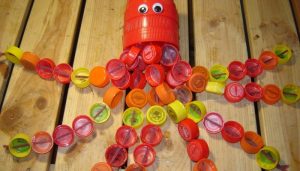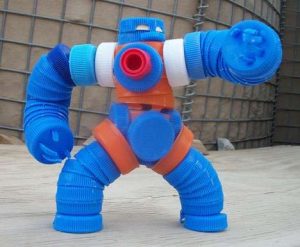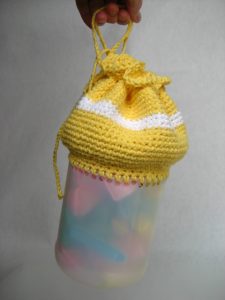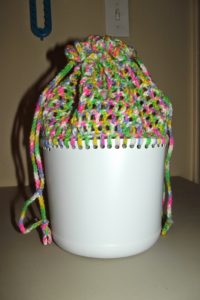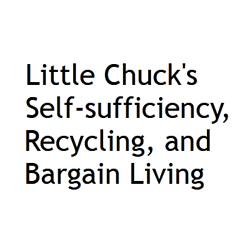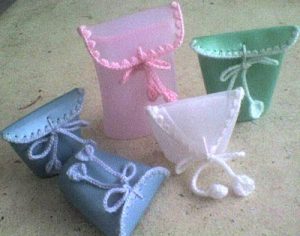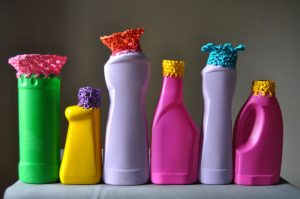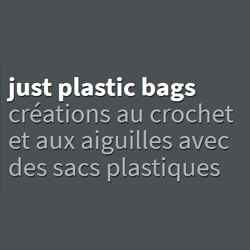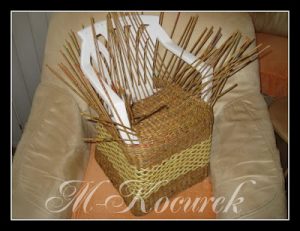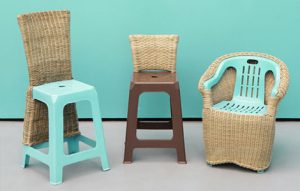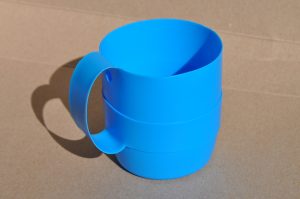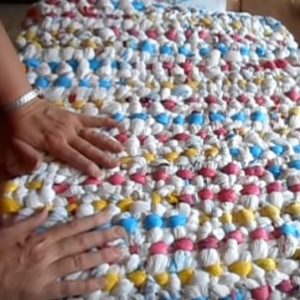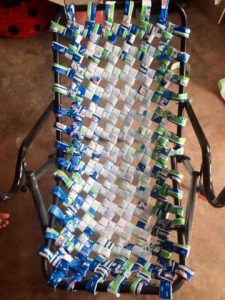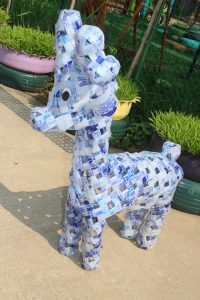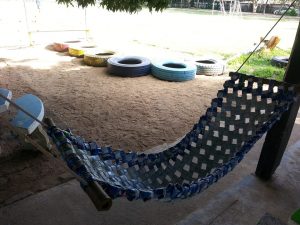Part of the polyethylene (PE) family , the ‘high-density’ of HDPE means it is a very strong plastic. It is the most commonly recycled plastic and is considered one of the safest forms of plastic.
 Recycling
Recycling
It is a relatively simple and cost-effective process to recycle.
Its specific use, particularly as a milk bottle in many countries, ensures it is recycled widely. The key to successful and economical recycling is to reduce the variants of packaging, and in countries where most of the milk industry uses HDPE, this leads to a very high recycling rate of this plastic stream. HDPE’s focused use also means the plastic can be recycled back to food-grade plastic, resulting in a closed loop for the dairy industry.
HDPE is used to make picnic tables, plastic lumber, waste containers, water pipes, fence posts or other products which require durability and weather-resistance.
 Properties
Properties
- It is very hard-wearing with a high strength-to-density ratio (tough and high tensile strength)
- It does not break down under exposure to sunlight or extremes of heating or freezing
- It is inert
- It is thermally stable
- It is naturally translucent and flexible
- It has high chemical resistance including acids and caustics
- It has a waxy feel
CONS:
- It is less stiff than PP
- It is easy to burn
- It has poor UV resistance
- High mould shrinkage
- It is resistant to many different solvents, so it cannot be glued. Pipe joints must be made by welding
How can I tell if something is made of HDPE? See CIWM/WasteAid guide
1. Look: It often has a 2 printed on it. HDPE is hard, semi-flexible, and resistant to chemicals and moisture. It has a waxy surface, is opaque (you cannot see through it) and softens at 75˚C. It has a ridge at the bottom of the container.
2. Listen and feel: Many plastic shopping bags are manufactured from HDPE and the easiest way to distinguish them from LDPE bags is from the sound they make when you crinkle them in your hands. If the sound is soft and swishing (think of green leaves blowing in the trees), then you have identified LDPE; if the sound is crisper and crinkly (think of dry leaves being crushed together), then you have HDPE. The two sounds are quite distinct.
3. Float test: HDPE will float in water.
4. Flame test:
- Blue, yellow tipped flame
- Burns slowly
- Plastic drips
- Smells like candle wax (paraffin).
 WARNING
WARNING
HDPE itself (when not burning) is not dangerous to use, however additives can be dangerous. It’s not possible to see what kind of additives are used in products.
Sources
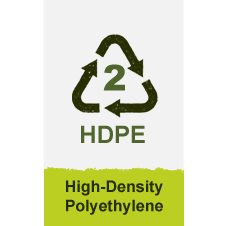

 Recycling
Recycling Properties
Properties WARNING
WARNING
